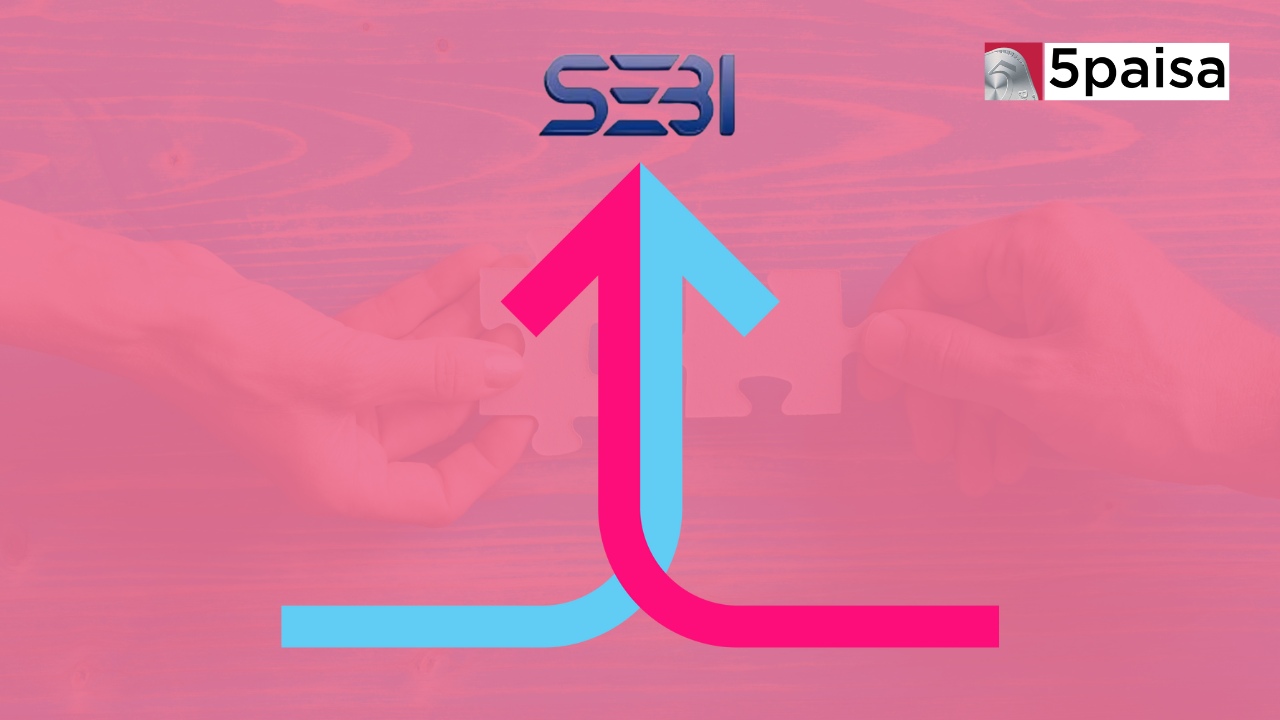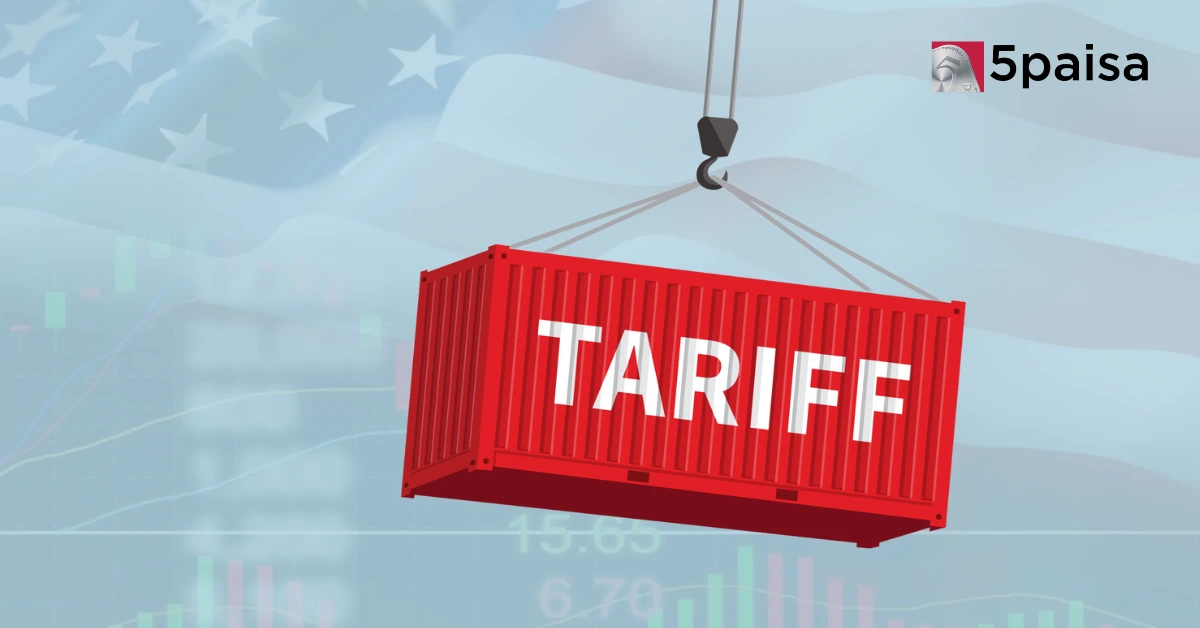iThe current values are delayed, open demat account for live values.
India VIX
India VIX Chart

India VIX Sector Performance
Top Performing
| Sector Name | Percentage Change |
|---|---|
| Diamond, Gems and Jewellery | 3.67 |
| IT - Hardware | 2.72 |
| Leather | 0.59 |
| Ceramic Products | 1.95 |
Under Performing
| Sector Name | Percentage Change |
|---|---|
| Infrastructure Investment Trusts | -0.15 |
| Air Transport Service | -0.02 |
Constituent Companies
| Company | Market Cap | Market Price | Volume | Sector |
|---|
Other Indices
| Indices Name | Price | Price Change (% change) |
|---|---|---|
| Nifty 10 Yr Benchmark G-Sec | 2545.92 | 2.99 (0.12%) |
| Nifty 10 Yr Benchmark G-Sec (Clean Price) | 909.94 | 0.73 (0.08%) |
| Nifty 100 | 23369.25 | 416.8 (1.82%) |
| Nifty 100 Alpha 30 Index | 16038.7 | 374.6 (2.39%) |
Faqs
What is the normal range of India VIX?
The normal range of India VIX is between 15–35. A value close to or less than 15 suggests low volatility, whereas a value close to or higher than 35 suggests high volatility.
Is India VIX a good investment?
India VIX makes a good investment depending on your trading strategy. One strategy is to buy when India VIX is high and sell when it is low. However, this is risky and expensive. Another strategy can be investing heavily in the futures of India VIX. Another way to trade in VIX is by investing in volatility-based exchange-traded funds (ETFs).
Who can use India VIX?
Everyone can use India VIX to make trading decisions, from day traders to long-term investors to option writers to portfolio and fund managers.
What determines VIX spikes?
As stated earlier, India VIX indicates the volatility of Nifty options. So India VIX spikes when there is an increased demand for puts, increasing the implied volatility.
What does it mean when VIX goes down?
When India VIX goes down, it means the market at large is not expecting periods of high volatility. This means the fear is low, the market is stable, and it expects long-term growth. This is also the time when Nifty experiences a price rise.
Latest News

- Apr 11, 2025
SEBI has formed a six-member High-Level Committee (HLC) to not only examine but also improve its current framework on conflicts of interest and disclosures by board members and staff in a clear attempt to boost ethical governance. Not only recent disputes but also increased public scrutiny of the capital market regulator's governance procedures have prompted this action.

- Apr 11, 2025
Amid rising global market volatility triggered by US President Donald Trump’s renewed trade war measures, Securities and Exchange Board of India (SEBI) Chairman Tuhin Kanta Pandey has reassured investors that India’s capital markets remain fundamentally sound and are not at risk of systemic failure.
Latest Blogs
Choosing the right Systematic Investment Plan (SIP) is one of the smartest ways to build long-term wealth, but with countless options available, how do you know which SIP is best for you? The right SIP plan aligns with your financial goals, risk appetite, and investment horizon while offering optimal returns.
- Apr 27, 2025

As the world grapples with the difficulties of climate change and the pressing need to move towards a sustainable energy future, green hydrogen has appeared as a potential option. With its lofty sustainable energy goals and determination to lower carbon pollution, India is well-positioned to benefit from the green hydrogen boom.
- Apr 20, 2025

